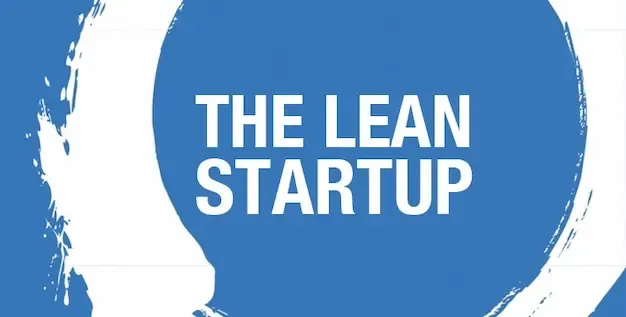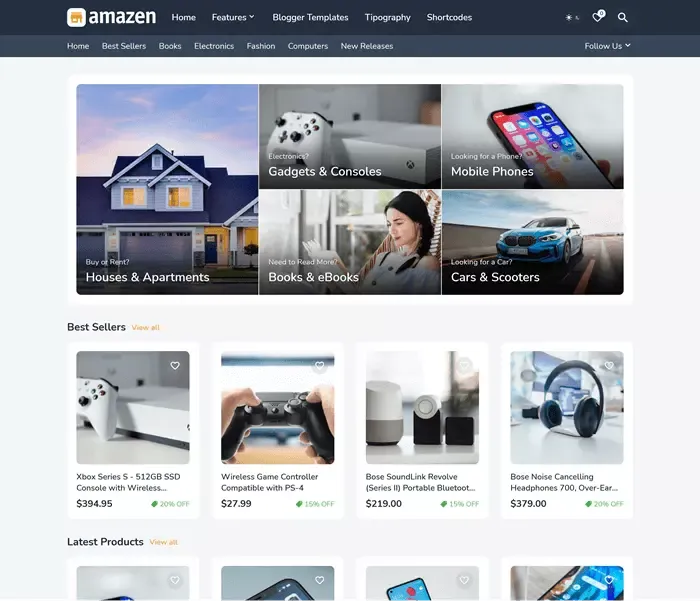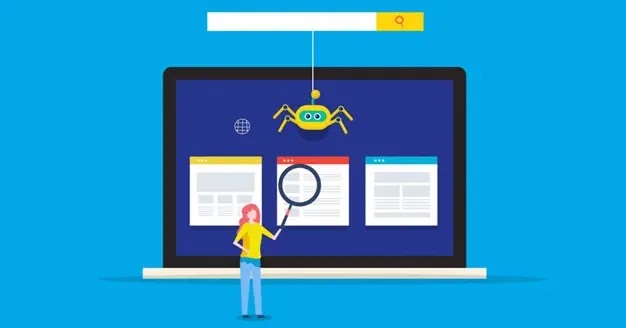Stages of Lean Startup Development
Lean Startup is a methodology for business and product development that aims to shorten product development cycles and quickly discover whether the proposed business model is sustainable.
This is achieved by adopting a combination of business hypothesis-based experimentation, iterative product release, and validated learning. It is a practice that uses lifelong learning from a target market to develop, launch, and modify a high-demand product or service to meet that market.
Lean emphasizes customer value over product value and realizes that failed startups almost always produce a product, but rarely produce the right customers for that product. Feedback received from customers is taken as initial and ranges from an unverified concept to a growing company.
When starting a Startup using the Lean methodology, one of the first things you will encounter is:
Achieving these fits will help you minimize the risk of failure.
In the continuation of the post, we will try to bring you closer to these
three concepts to better understand the entire Lean methodology.
Problem-Solution Fit
One of the most common reasons for a startup failure is to
create a product that no one wants. If you do something that customers
want, that they need, you may be able to build the right business model. It
should be noted that
the focus of every business model is solving the problems that customers
have.
This is a problem that customers themselves are aware of. A
problem that causes them a significant level of pain, and they are willing to
pay for its solution, are motivated, and actively seek a solution.
As
a result, this category of alignment is best defined as a company's capacity
to recognize an issue worth solving and when a fantastic solution will be
delivered to a clearly defined target group. At this stage,
it is essential to communicate and get to know the users to determine
whether the hypothesis about the problem and the solution are correct.
In this phase, you sell the vision, that is, you deliver a solution without
products, reducing the necessary time for development, money, and future
failures. This is a great time to learn how to design your product.
This phase answers the following questions:
- Are you focused on a problem that is worth solving?
- What problem are you solving for your customer? There could be more problems, and you need to research well.
- How often does this problem occur?
- What is the cause of each problem?
- Is your customer currently working on a solution to their problem?
This phase can last several weeks or several months.
You must find out what your customers' problems are and then offer
adequate solutions to those complex problems that will be acceptable to them
in the first place. It is necessary to get to know your customers.
Steve
Blank pointed out that the difference between winning startups and all those
losses is that the winners understand why customers are buying. Losers never
do that. " So “get out of the building,” research and understand your
customers. Be winners!
Product Market Fit
The most essential and most difficult phase. If you manage to pass this
phase, then your product is quite ready for everything that follows. Marc
Andreessen, an American entrepreneur, believes that Product Market Fit means
"Being in a good market with a product that can satisfy that market." The
moment an entrepreneur recognizes the need in the market and makes a solution
that customers want to buy, it will suit the market.
This is the
phase that answers the question: Is your product the solution that people
want?
Achieving Product Market Fit is key to a successful business. This means that
there is a market demand for what you sell, and people are willing to pay for
your product because it is better than all the alternatives offered to
them.
This is the stage where you incorporate your solution into
the product that people want and validate your business model. A good way to
know if you have reached this stage or not is to determine if at least
40% of your users would be disappointed if they no longer had the
opportunity to use just your product. This phase can last for several months
or even several years.
If a company gets stuck at this stage it can
completely lose its focus. What needs to be emphasized about Product / Market
Fit is that it is confirmed by the appearance of significant and continuous
growth. If you do not grow from month to month, with an increased number of
customers, it is proof that
you still do not have the right product.
Scaling Fit
What does scaling mean?
It means growing and growing fast.
It is necessary to
emphasize that not all companies want to grow. Many entrepreneurs are
satisfied with the current situation and the way they work, and also many
companies are not ready to take the next step and grow into large companies.
However, if you want to grow up and start making serious, big money,
then scaling is what you need to do.
If you have confirmed
that your product is completely suitable for the market, you can place it on
the mass market. However, it is necessary to be careful when this phase is in
question because
premature scaling and incorrect assessment can lead to failure. Also,
if you scale slowly, you may miss out on some key opportunities and resources,
so you need to capture the right moment.
At this stage, the focus is on the following issues:
- How to accelerate growth?
- Where are the bottlenecks and how to eliminate them?
- How do maintain satisfaction and retain customers while the company is experiencing exponential growth?
- What changes will need to be made to the product and brand itself as the focus shifts to the early majority market?
It is a phase that you want to last as long as possible. You need
to continue to optimize each of your features to create an outstanding
experience for all your users.
Conclusion
Achieving these requirements allows you to establish a connection
between the original idea and the outside world. By leaving the building, you
are on the right path to directly test your product and experiment with
customers, which will provide you with the necessary information. Study where
you are at the moment, review each step, and determine what you can do to
eliminate current customer problems and make sure your growth lasts as long as
possible.







